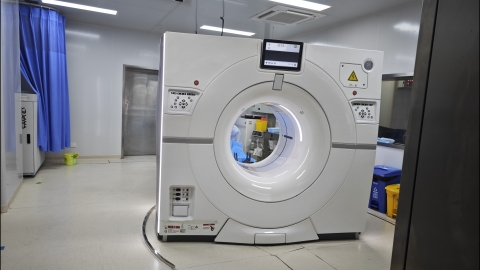How to read a CT scan for cerebral hemorrhage
When reviewing CT scans for cerebral hemorrhage, it is important to focus on key imaging features. Key points include identifying hyperdense hemorrhagic foci, determining the location of the bleed, assessing the size of the hemorrhage, observing the presence of edema around the lesion, and checking for mass effect. Detailed analysis is as follows:

1. Identifying hyperdense hemorrhagic foci: Normal brain tissue appears isodense or hypodense on CT. After intracerebral hemorrhage, blood appears as a well-demarcated hyperdense area that is clearly brighter than the surrounding brain tissue—this is the primary criterion for diagnosing cerebral hemorrhage.
2. Determining the location of the hemorrhage: It is essential to identify the specific brain region involved by the hyperdense area, such as the basal ganglia, thalamus, cerebral lobes, brainstem, or cerebellum. The functional impact varies depending on the site of bleeding, which also serves as a critical reference for developing subsequent treatment plans.
3. Assessing the size of the hemorrhage: Using scale markers or measurement tools on the CT images, estimate the maximum diameter or volume of the hemorrhage, typically expressed in milliliters. The volume of bleeding directly correlates with disease severity and is a key indicator for determining whether surgical intervention is necessary.
4. Observing for perihematomal edema: Brain tissue swelling often surrounds the hemorrhagic focus, appearing on CT as a hypodense area encircling the hyperdense hematoma. A larger edematous zone indicates more severe brain injury and may contribute to clinical deterioration.
5. Checking for mass effect: The hematoma and surrounding edema can compress adjacent brain structures, leading to signs such as ventricular compression, deformation, or midline shift. These findings suggest a critical condition requiring prompt intervention to prevent life-threatening complications like brain herniation.
Upon detecting suspected signs of cerebral hemorrhage on CT, immediate interpretation by a qualified physician is required for definitive diagnosis. During treatment, patients should rest adequately, avoid emotional excitement or strenuous activity, and follow medical advice to support recovery.







